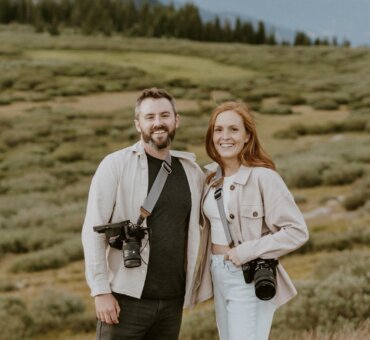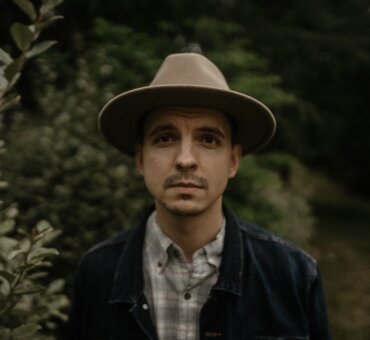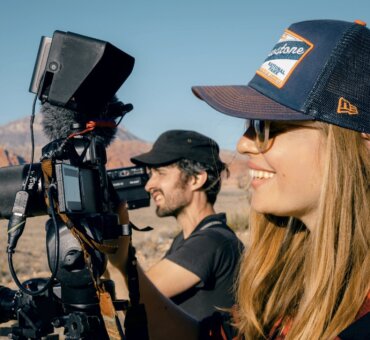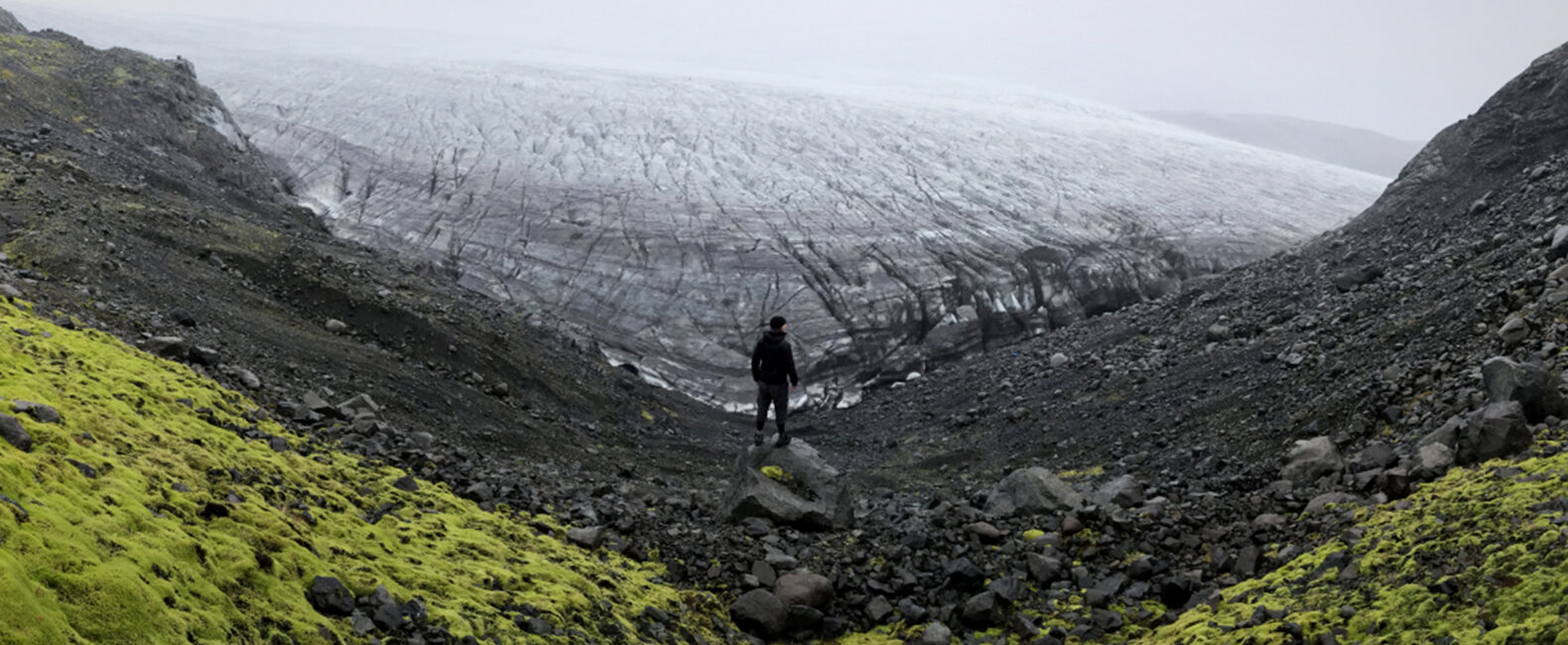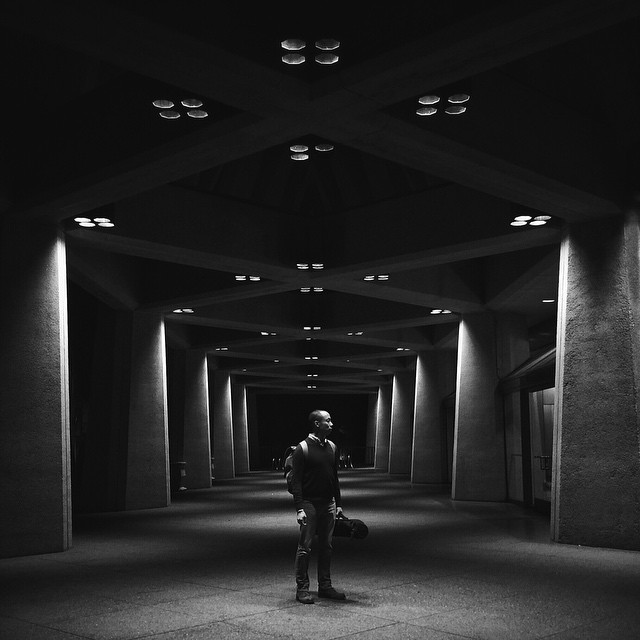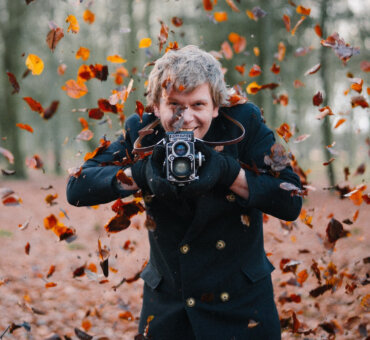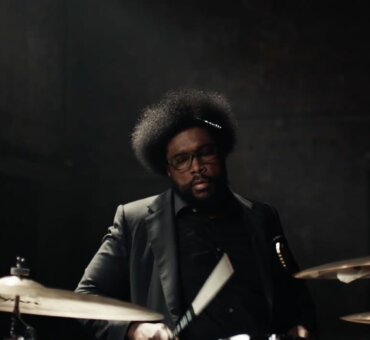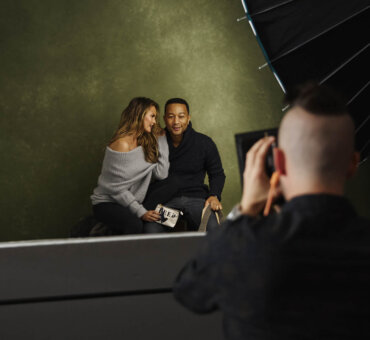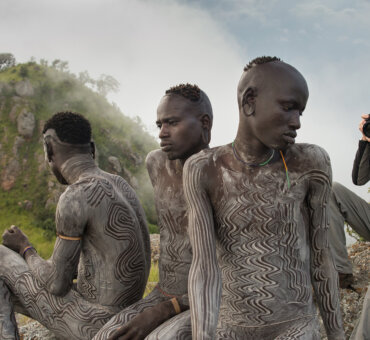If you’ve been in an Apple Store recently, you’re already familiar with Austin Mann’s work. He’s the photographer responsible for some of the stunning iPhone imagery currently being used in stores, online, and on billboards around the world. We’ve driven past his 30-story-tall image of a waterfall in Downtown Dallas many times. But if you think having your work on display for the world sounds like a dream come true, you’re wrong. Or at least Austin doesn’t see it that way. His ambitions are much larger and much smaller at the same time.
“I think we are meant to bring glory and splendor into the world,” Austin told us. “And my way of doing that is by making people stop and see it…I largely see myself as a technician — a technician who understands how to capture the beauty and splendor around me.”
Much of Austin’s photography and creativity is informed by his spirituality. In fact, it was his conversion to Christianity during college that led him to pick up a camera in the first place. Since then Austin has traveled extensively around the world, created work for some of the most influential publications and brands, started a thriving creative community, and much more. He is a juggernaut of creativity, and we think you’ll enjoy what he has to say.
Here’s Austin.
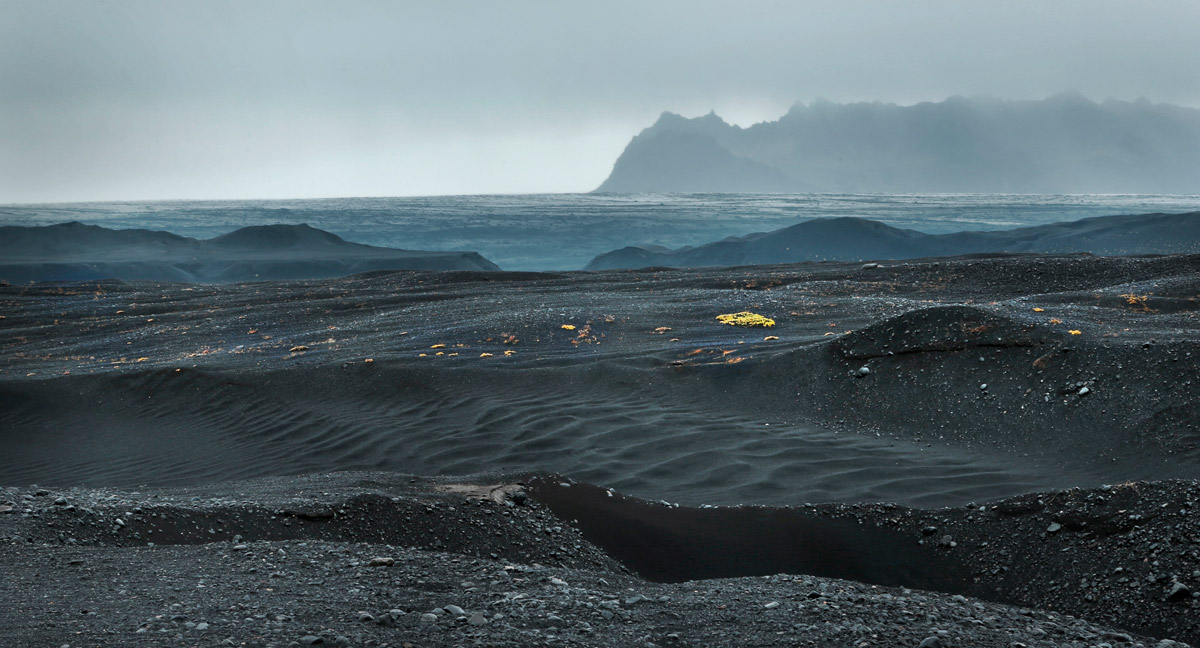
Is your phone number a Manhattan number?
Austin Mann: Yep. I used to live in New York, and I have plans to go back there. I had a 316 number, which is our standard, and no one knew what it was. A buddy called me and said somebody had a 212 number they were getting rid of, so I switched to it a few years ago.
I didn’t know you could buy and trade phone numbers like that.
It’s actually turned into a thing. You can buy a 212 number, which kind of irks me, honestly. People can buy them who have never lived there and never intend to live there. It doesn’t make sense. But it is kind of funny.
Did you grow up in New York?
No. Wichita, Kansas.
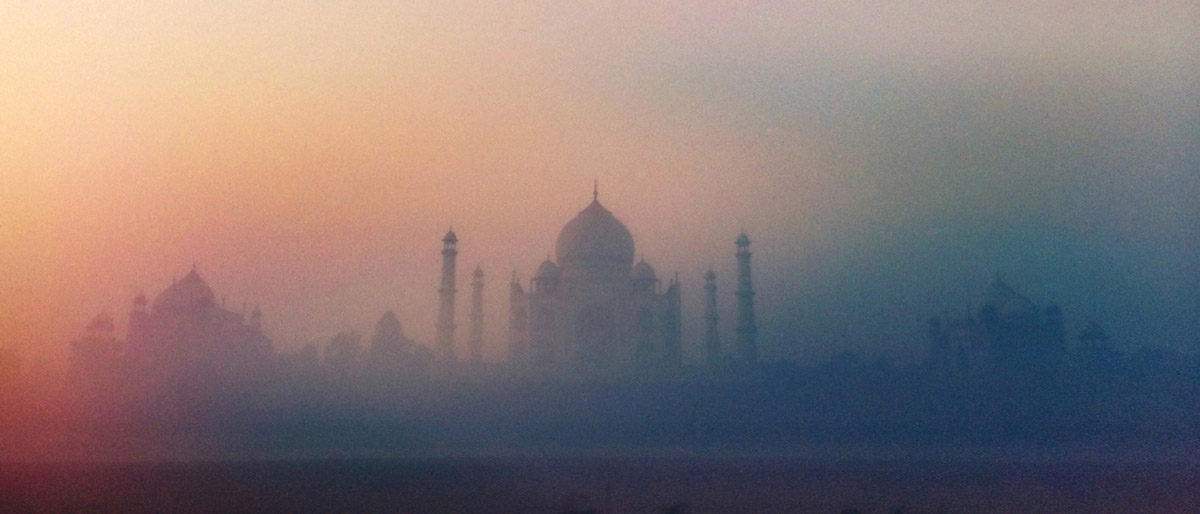
How did you end up becoming a creative person?
My dad was a photographer, a designer. He put a Mac and Photoshop in front of me super early on. He had a scanner when nobody even knew what a scanner was, so I was scanning basketball cards and switching heads when I was eight years old. We didn’t have cable TV; we had Photoshop. I admire my dad so much for giving me access to his really expensive tools. He could have been like, “No, this is my work stuff; go play with your toys.” But instead he was like, “Check this out! It’s a scanner! Go play with it!”
I went to college [at Baylor University] in Waco to pursue a degree in Performance Improvement Technology, but I had a big 180 my sophomore year. I was living a pretty selfish lifestyle — party animal, drinking a lot, being an all-around general idiot. But on November 1, 2005, I decided to give my life to the Lord, and through that I ended up getting into photography.
How so?
Most of my friends at the time were partying and making pretty bad life decisions. So while they were out, I didn’t have anything to do. So I picked up a camera and started shooting. My camera became my friend. I would go out at 10 p.m. and shoot until six in the morning sometimes. It was pretty awesome. Shooting became almost like a form of worship for me. I had a better understanding of who I was and who God was, and I became really fascinated with the juxtaposition of light and darkness. Visually and spiritually.
Pretty quick after that, I went to Africa for the first time, followed by an internship at National Geographic. I worked under the senior editor of the magazine, and I learned a lot from her. That was a big career milestone. I also worked in advertising in New York, producing some big shoots. Then I started working full time telling stories about transformation. I spent tons of time in Africa telling stories about why organizations were doing what they were doing.
I would go out at 10 p.m. and shoot until six in the morning sometimes. It was pretty awesome.
After five years of doing that, I was sitting with my dad on New Year’s Eve, counting up how many different places I’d slept that year. It was 141. I was basically moving every other day to another location. I had been around the world and a half on one flight. I’d hiked from San Diego to L.A. on a documentary about people carrying wood on their backs. God had done a lot with me that year, and I was reflecting on that, thinking about the next year, about how there were even more projects coming up. And I was just like, How can I tackle this? The world needs good storytellers and creative people working together.
I saw that a lot of my peers were isolated from good creative community. A community of like-minded people who believed in them. Even if your community is just one other person who believes in you, that makes a world of difference. I saw a lot of people sitting at home or in coffee shops, isolated from the community that could help them create better and dream better. Every year I take a trip where I’m gone for a month, and it’s just me and my thoughts. I did that in January, and when I got back I decided to start WELD, a creative community in Dallas. I got back in February, signed the lease March 3, and we opened May 11. We had about 80 members, and a lot of them were doing really cool things, believing they could make a difference in the world. They had a higher calling than just making money. That, and people were just living life together on a daily basis. We’ve decided to grow it, so here I am in Nashville and we’re about to do our second launch.
Your iPhone photography is covering the sides of buildings all over the world right now. How did that happen?
Well, in the mix of everything, I stopped shooting a lot of my client work. But there was one project I decided to do. In 2012 when the iPhone 5 came out, which is when Panorama mode was introduced, I realized that all the reviews were talking about the new capacity, the new software, the battery life, and, oh, the camera is cool too, and they’d take a picture of their keyboard or something. But I was like, This camera is incredible. We need a camera review of the iPhone!
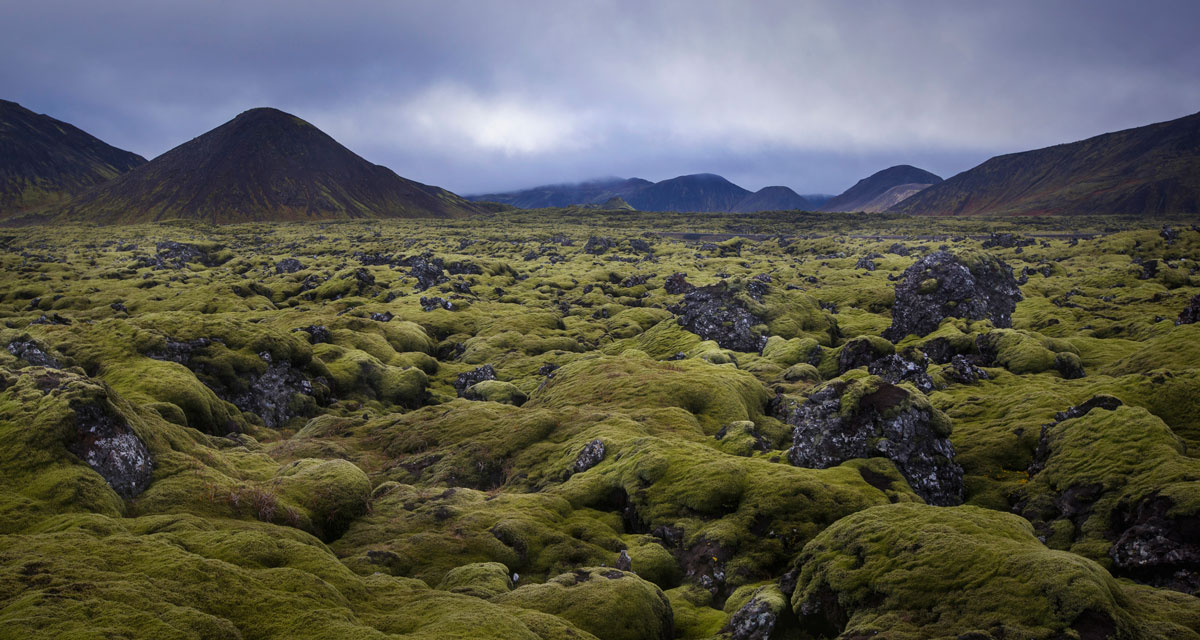
I pitched a group on funding a trip to Iceland, and they went for it. The day the iPhone came out, we waited in line, got the iPhone, and then got on a flight to Iceland. It was fun, and the review got some good traction. The next year when the 5s came out, we decided to do another one: 5 versus 5s. That one got a whole lot of traction. It went viral, I guess. At some point Apple’s PR department took notice of it, and from there I started working with them more closely. I also started working with The Verge, who I worked with to write [my] review of the iPhone 6. I was able to take one to Iceland about 10 days before the phone came out. I got some cool shots there, and by this time I’d started to build up a neat body of work just from shooting on my iPhone a lot.
Apple’s been working to highlight more work that’s being shot on iPhones, and I’m in a unique place because I do so much shooting on [it]. So they were interested in some of the photos I shot in Iceland. They asked to use some of the images in their stores, and now they’re all over the world, which is pretty cool. There’s a 30-story one in Dallas. And then it’s also in New York, L.A., Mexico, Berlin, China, Australia, Korea — all over the place.
Wow. So much has happened over your career so quickly. Does it feel as much like a whirlwind as it sounds? It sounds insane.
I don’t know. I don’t have a routine. I think something only feels insane when you have a routine. I guess none of it feels nuts to me because it’s kinda nuts all the time. Sometimes people say, “Could you have ever dreamed that your photo would be on the side of a building?” and I’m like, “Yeah.” Not in a cocky way. I don’t really think about it that way. I just think about creating a great product right now. I think about creating the best thing I possibly can with every breath I take. I just want to create something awesome and see where it goes and do what I’m passionate about.
I believe God opens doors, and my desire is to follow that. I pray for wisdom on a daily basis. From the moment I picked up a camera to the time I was shooting for National Geographic was 14 months. That’s not me; that’s God. It’s so beyond myself. It’s ludicrous. But that’s what I feel like my whole life is: walking into the unknown, being uncomfortable. To get philosophical for a second, one of the greatest challenges in America is that we are comfortable. And when we are comfortable, we have no need for God. I’m constantly trying to challenge myself to be in those situations where I need God to provide. It forces me to acknowledge Him.
How much have you had to push your career forward, and how much of it has pulled you along?
It’s a mix. When you do what you’re passionate about, you create great work. I think a lot of people are afraid to do what they’re passionate about. But I truly believe that if you take that leap, you’re going to create something great. It’s scary because you might not have money or you might not be able to provide. I’m in a unique place where I don’t have a family that I have to provide for, so I have more freedom.
Granted, though, it hasn’t all been handed to me. The way I got my job at National Geographic was I was part of a program at Baylor called Baylor in New York. I was supposed to work for Life Magazine for a semester, which was going to be so awesome. Two days before I was supposed to go to New York, Life calls and says they have to take the job back because someone decided to stay longer than they’d planned. I was devastated, but I moved to New York anyway. I tried so hard to get jobs. I was hunting and hunting. I was talking to people at Car and Driver, Nickelodeon, MTV, but none of it was what I really wanted. If I didn’t get a job, though, I was going to fail the program.
When you do what you’re passionate about, you create great work.
Two weeks in, I called my dad, super frustrated, and my dad was like, “Well, if you could get anything, what would it be?” I was like, “National Geographic.” So that night I sent all my stuff to them. They happened to have a job opening in their New York office, even though their headquarters are in DC. I waited a week and didn’t hear anything back. I thought, This is crazy. I’m in New York. I think I can take that job. So I called my dad and asked him to overnight me a hardbound book I’d made of my pictures. The next morning I looked up National Geographic on Google Maps, took the subway to their office, walked into the building, took one look at the security guard, and turned around and left. I just lost it.
It took me 10 minutes to gather myself, and then I walked up to the security guard again, and I said, “I’m here to speak with an HR representative for National Geographic.” He’s like, “What time’s your appointment?” I said, “I don’t have one.” He’s like, “You’re crazy. You can’t just come in here off the street and expect to go up there.” I was like, “All right, that’s reasonable. Would you mind giving them my book and my résumé?” I handed [the book] to him and he started flipping through it, and then we started joking around a little bit. His name was Mike. We were just chatting, and after a bit he looked up from my book and said, “You know, you seem like a pretty nice guy. I’ll take you up there.” They called to hire me the next day.
Wow.
I think it’s a good story to reflect on for a lot of reasons. One, I thought Life Magazine was the best thing ever. But because it fell through, I ended up with a job that was even better. Second, there was definitely providential timing involved because National Geographic just had someone else quit. But, at the same time, I also had to kick the door down. You can’t just sit back and wait for a life preserver to be thrown overboard. You have to fight your way up. When they didn’t respond to my email, I could have been like, *Well, they’re not interested in me*. When the security guard said no, I could have turned around. All of those things could have turned me around, but I needed to persevere.

Do you see yourself as a particularly confident person?
I don’t know. I don’t care at all what anybody thinks about me.
How do you do that?
I guess I’m just confident in who God made me to be and what He’s called me to do. I literally couldn’t care less if you like what I do or not, because I know I have a higher calling. My purpose is not to please you. If someone doesn’t like my work, it doesn’t hurt my feelings. I don’t define myself by what someone thinks of me.
That must be nice.
I was a telemarketer for two and a half years. I made 250 calls a day, 5 days a week. If I did really well, I sold three out of 250. Three was a huge success. Some people would sell zero. The whole week they’d make 1,250 calls and sell to zero people. Maybe that shaped me. I also think sitting down with some of the top photo editors and hearing the things they told me about my work built a lot of confidence, helped me transcend what other people might think. Once you know what a senior editor at a magazine thinks, who cares what anyone else says? But then there’s also the fact that I see my work largely as a form of worship. I’m fascinated by the way light fills darkness. The way darkness hides at the speed of light. There is no resistance. I love it. It’s what I do all day. I’m doing it right now, looking at the way the light is coming in through the window, the shadows in the corners. It just blows my mind, spiritually and visually.
Once you know what a senior editor at a magazine thinks, who cares what anyone else says?
You said earlier that part of the reason you don’t care what people think about you is because you feel you have a higher calling. Is capturing the contrast between light and dark what you were talking about?
I believe God made us to create. He is a creator and we are made in His image, so our purpose is to create. I think He gives us callings that are bigger than ourselves. I think we are meant to bring glory and splendor into the world, and my way of doing that is by making people stop and see it. Which doesn’t mean making someone stop and say, “Oh, Austin Mann is a great photographer.” I would be just as pleased, if not more pleased, if my name were not on those banners all over the world. I largely see myself as a technician — a technician who understands how to capture the beauty and splendor around me.

Whatever your thoughts about God, there’s something beautiful about creativity coming directly from your soul. Letting who you are inform what you make in a very direct way. And on top of that, we are awed by Austin’s confidence in who he is and what he does. A creative career is not for the timid, but Austin works with a rare sense of conviction. We can’t wait to see where else it takes him.




































































